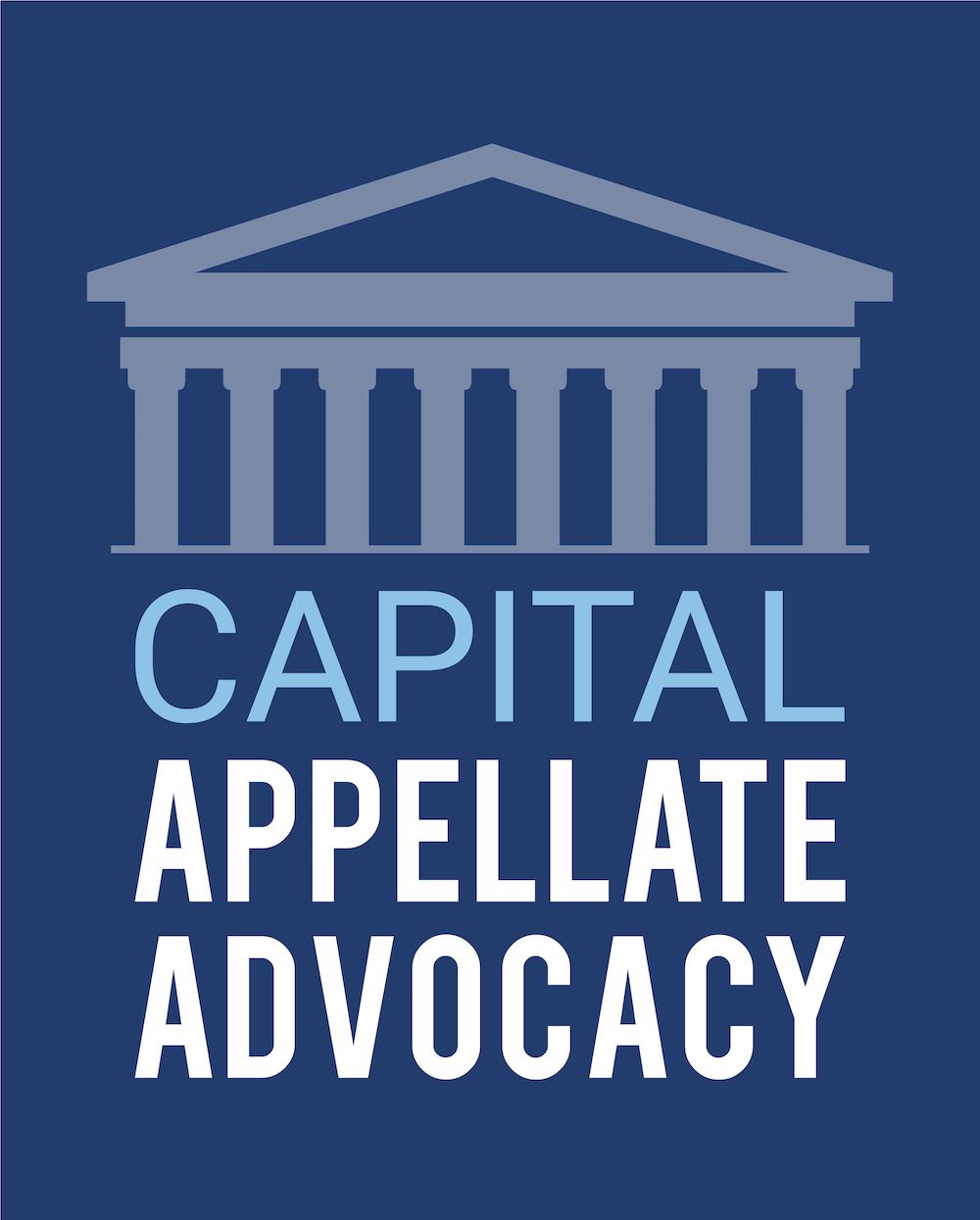On May 13, the Supreme Court issued yet another opinion that facilitates, if not encourages, the filing of False Claims Act qui tam suits against federal government contractors, health care providers, and other recipients of federal payments or funds. In a unanimous opinion authored by Justice Clarence Thomas, the Court held in Cochise Consultancy, Inc., et al. v. United States ex rel. Hunt, No. 18-315, that under certain circumstances, qui tam relators (i.e., private parties who file False Claims Act suits in the name of the United States) can delay filing for as many as 10 years—even if the Department of Justice, following investigation of a relator’s allegations, declines to take over prosecution of the litigation.
SUMMARY
The False Claims Act’s two-part statute of limitations, 31 U.S.C. § 3731(b), states as follows:
A civil action under section 3730 may not be brought—
(1) more than 6 years after the date on which the violation of section 3729 is committed, or
(2) more than 3 years after the date when facts material to the right of action are known or reasonably should have been known by the official of the United States charged with responsibility to act in the circumstances, but in no event more than 10 years after the date on which the violation is committed,
whichever occurs last.
In Cochise, the relator filed his qui tam suit 7 years after the defendant government contractors allegedly defrauded the Department of Defense in connection with award of a subcontract to provide war-zone security services in Iraq, but within 3 years of when the relator informed the FBI about the alleged fraud (and within 10 years of when the alleged fraud occurred). Following investigation, the Department of Justice declined to intervene in the qui tam action.
The issue before the Supreme Court was whether the relator’s qui tam was barred by the 6-year statute of limitations set forth in § 3731(b)(1), or whether it was timely under the extended, § 3731(b)(2) limitations period even though the Justice Department declined to intervene. The Court squarely rejected the contractors’ contention that the extended limitations period is available to relators only if the Government intervenes. According to the Court, “the clear text of the statute controls this case,” and the contractorsat’ reading of the statute “is at odds with fundamental rules of statutory interpretation.” Slip op. at 5.
The Court
also gave short shrift to the contractors’ argument that allowing
§ 3731(b)(2) to apply to nonintervened qui
tam suits will lead to “counterintuitive results.” Id. at 7. The contractors argued, for example, that “if the
Government discovers the fraud on the day it occurred, it would have 6 years to
bring suit, but if a relator instead discovers the fraud on the day it occurred
and the Government does not discover it, the relator could have as many as 10
years to bring suit.” Id. at 7-8. But
the Court indicated that “we see nothing unusual about extending the
limitations period when the Government official did not know and should not
reasonably have known the relevant facts, given that the Government is the
party harmed by the false claim and will receive the bulk of any recovery.” Id. at 8.
As a “fallback argument,” the contractors contended “that the relator in a nonintervened suit should be considered ‘the official of the United States charged with responsibility to act in the circumstances,’ meaning that §3731(b)(2)’s 3-year limitations period would start when the relator knew or should have known about the fraud.” Id. Rejecting this argument, the Court indicated that “the statute provides no support for reading ‘the official of the United States’ to encompass a private relator.” Id.
COMMENT
It is difficult to fault the Court for adhering to a statutory text-based approach. In general, such an approach means that if the text of a statute creates a problem, it is up to Congress—not the courts—to fix it.
In light of the Court’s holding in Cochise, the False Claims Act statute of limitations, as currently written, does pose a potential problem: It enables relators to manipulate the system by delaying the filing of qui tam suits where the Government is not otherwise aware of alleged fraudulent conduct. For example, if the alleged conduct (e.g., repeated submission of false claims) is ongoing, delay in notifying the Government and/or filing suit may increase the relator’s potential award from the proceeds of a settlement or judgment, even if, as most often is the case, the Justice Department has declined to intervene.
The onslaught of qui tam litigation against government contractors, health care providers, and other federal funds recipients continues unabated. See Reining In the Qui Tam Bar (published by the Professional Services Council in the Spring 2019 edition off Service Contrator magazine). Trade associations and other organizations that represent potential targets of the qui tam bar should continue to monitor qui tam litigation developments, ensure that courts are aware of the practical impacts of their rulings in the qui tam arena, and when appropriate, seek congressional relief.
